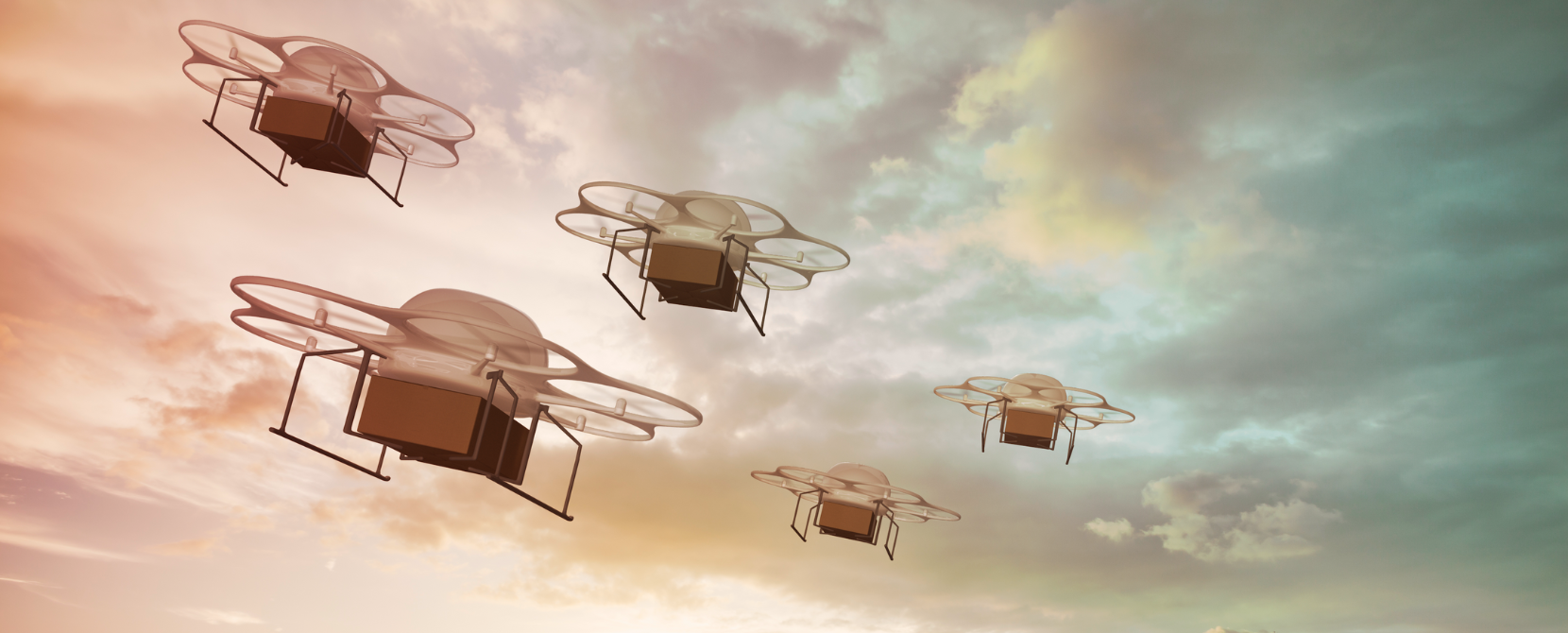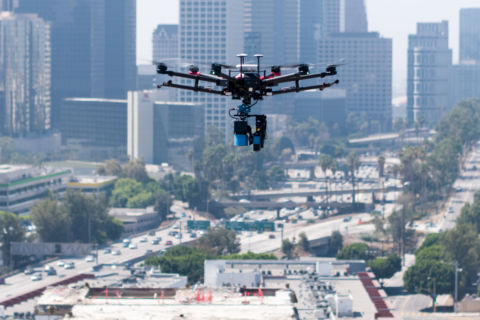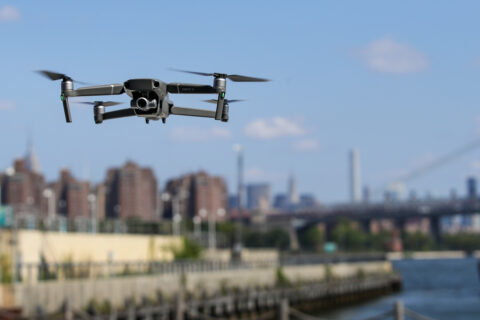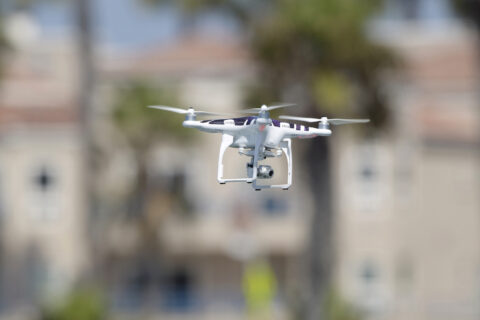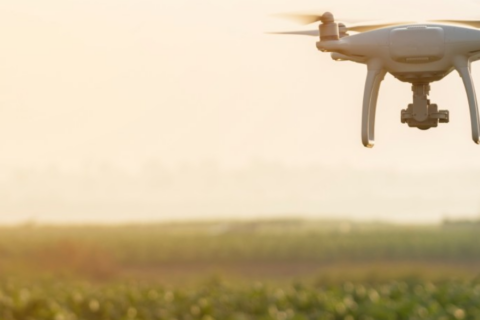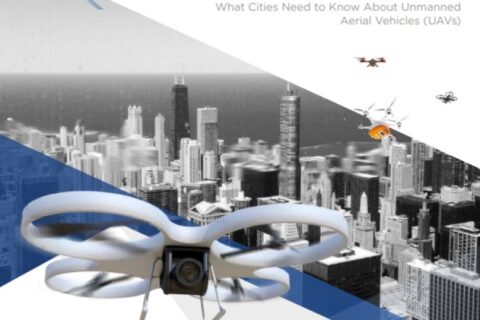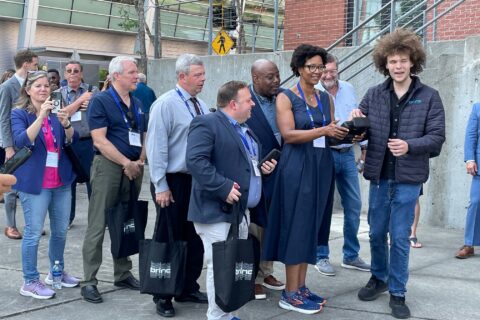By Esmael Ansari, Vice President of Government Relations at BRINC Drones
Congress reauthorizes the Federal Aviation Administration (FAA) every five years and is currently working on renewing the FAA, which is crucial for the future of drone technology.
Congress is currently considering language that would require the FAA to create regulations for drones to fly Beyond Visual Line of Sight (BVLOS). BVLOS refers to the operation of a drone when it is not within the pilot’s direct visual line of sight. In other words, the drone is flying at a distance from the pilot where they cannot see it with the naked eye.
The regulatory approval to allow licensed and trained pilots to fly drones beyond line of sight is crucial for Drones as First Responder (DFR). DFR is an emerging technology that involves the use of drones to support the role of first responders in emergency situations.
DFR aims to augment and enhance the efforts of first responders by deploying drones equipped with various sensors, cameras, and payloads to perform and support in critical tasks in emergency situations. Right now, more than 15 DFR programs in the U.S. operate with a BVLOS waiver from the FAA. The Chula Vista Police Department in California is the leader in DFR programs, as they took on the difficult task of piloting the concept of DFR.
Both the US Senate and House included legislative language in their FAA reauthorization bill. This language would require the FAA to create and publish BVLOS regulations within 24 months. This would allow for nationwide Drones as First Responder programs.
The DFR program can provide great benefits to communities, support the safety of our first responders, and support them in their critical work:
- Rapid Assessment: Drones can quickly fly to the scene of an emergency, such as a car accident or shooting, and provide real-time aerial footage and data to first responders. This helps them assess the situation, identify hazards, and plan their response more effectively and safely.
- Search and Rescue: Drones equipped with thermal cameras and other sensors can be used to locate missing persons in search-and-rescue operations, especially in remote areas or in times of natural disasters.
- Emergency Medical Delivery: Drones can transport essential medical equipment at speed or to inaccessible or dangerous areas where traditional means of transportation is too difficult and slow.
DFR has great potential to improve the efficiency and effectiveness of first response efforts. There are important privacy considerations to think through as well, to make sure everyone is protected, governments should review and create policies that balance the privacy and benefits of this new technology.
As drones and the DFR program continue to take flight, please consider stopping by the BRINC Drone booth at the expo hall at City Summit in Atlanta, Georgia, and attending BRINC’s Solution Session on Thursday, November 16th at 10:00 AM ET to learn more about how first responders are currently using drones throughout the U.S.
